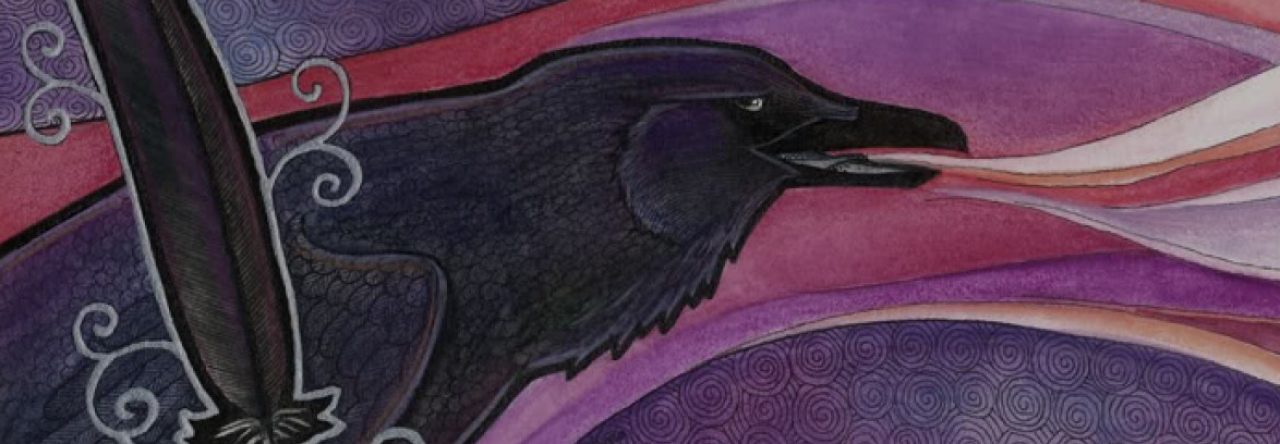In which I finally return to reading books for the AWW2013 challenge. I have been reading a lot of Australian female authors, but the books have been for the Aurealis Awards. Should there be any overlap with my AWW reviews and AA-eligible works, these are my personal opinions and do not reflect the opinions of the judging panels.
 Caution: Contains Small Parts is an intimate, unsettling collection from award-winning author Kirstyn McDermott.
Caution: Contains Small Parts is an intimate, unsettling collection from award-winning author Kirstyn McDermott.
A creepy wooden dog that refuses to play dead.
A gifted crisis counsellor and the mysterious, melancholy girl she cannot seem to reach.
A once-successful fantasy author whose life has become a horror story – now with added unicorns.
An isolated woman whose obsession with sex dolls takes a harrowing, unexpected turn.
Four stories that will haunt you long after their final pages are turned.
Caution: Contains Small Parts is one of the series of Twelve Planets, collections of short fiction by female writers produced by Twelfth Planet Press.
I’d like to take a moment here to congratulate Twelfth Planet (helmed by Alisa Krasnostein) for the consistently high quality of the books they publish, in particular the Twelve Planets published to date. Not only are the books themselves slick productions (I am, in particular, looking forward to having a complete collection of the Twelve Planets on my shelf), but the quality of the writing is absolutely superb. Krasnostein and the crew behind Twelfth Planet have an amazingly astute eye for fiction and are seriously producing some of the best quality stuff in Australia (and in the world) at the moment.
That said, I am going to make absolutely no bones about the fact that Kirstyn McDermott is one of my favourite authors (and just a damn nice person, too, but that’s tangential to this review). McDermott is usually classed as a horror writer, which I think makes some people hesitate to read her work (and all power to those who choose not to read horror as a genre, but I do think they miss out on some stellar and insightful work). There are absolutely horror elements in McDermott’s work, but I never feel like they are the central axis of said work. McDermott writes characters who live and breathe, who experience pain, who are human, even if they are, technically, inhuman. Her prose is invariably gorgeous, too, making every sentence an absolute pleasure to read.
All of the stories in this collection highlight these elements of McDermott’s work admirably. The opening story, and perhaps the most outstanding in the collection, is What Amanda Wants. I don’t want to spoil any of this story for anyone who’s planning on reading the collection. Suffice to say that I think McDermott taps into some of the darkest corners of the human psyche in this powerful story. It is one that deserves to be included in Year’s Best anthologies and shortlisted for awards, and I am going to mighty cranky if it isn’t recognised.
Horn, a take on both the unicorn mythos and the life of a writer, follows. There is something jarring about this story – in a good way, I have to hasten to add. Reality and fantasy flow together until it’s hard to tell what’s real and what isn’t. Which is probably a really good way to describe the mental space one has to get into to write.
The titular Caution: Contains Small Parts is the third story in the collection. Beautifully creepy, it is an example of just how well McDermott uses small details in her stories to create something truly unsettling.
The final piece in the collection is a novella, The Home for Broken Dolls. McDermott makes mention in the acknowledgments about the research she had to do for this piece (without spoiling: the story involves sex dolls) and I kind of dread to think what she read! The protagonist of this piece, Jane, is a wonderful character, and her “broken dolls” are hauntingly memorable. Another example where reality and fantasy blur together and create something unsettling, but insightful into the human condition.
I also need to make note of the cover of this collection. Twelfth Planet Press has opted for a very distinctive look with the Twelve Planets series, with simple but effective covers. I adore the cover for this volume in particular (though the creepy dog head kind of needs to be pointed away from me after reading the story it refers to!).
In summary, McDermott’s collection is knife sharp, filled with beautiful prose and unsettling worlds and characters who provide much insight and reflection on the darknesses in humanity. Even if you don’t tend to read horror, I recommend this collection highly (as well as all of McDermott’s work).









